Winter in New York, while beautiful and exciting, can pose dangers for your pet. Our Homestead Animal Hospital team wants to ensure that you have all the information, plus our tips, on enjoying the outdoors with your pet while staying protected from bitter temperatures. Who doesn’t love watching them gallivant through the snow?
Protect your pet’s feet
Your pet’s feet could be their most vulnerable body part while they’re walking around in the cold and contacting freezing ground, ice, and snow. What should you do to protect them?
- Invest in booties — Boots for our furry companions come in many shapes and sizes and are a great way to provide a barrier between your pet’s toes and the cold ground. However, acclimating your pet to booties can take time, so ensure you create positive associations and reward them for wearing and walking in them!
- Use pet-safe ice melts — Always wipe off your pet’s feet with a warm, wet cloth if they could possibly have contacted unsafe ice melts, as they can contain harmful chemicals.
- Watch for cold signs — Keep an eye out for any limping or holding up paws, as this can indicate that your pet is numb or in pain from the cold.
- Look for ice patches — Ice on the ground can easily crack and sharp pieces can cut your pet’s bare feet. Avoid ice as much as possible.
Frostbite and pets
Frostbite can affect your pet in less than 30 minutes of cold exposure and can affect various body parts but most commonly the paws, ears, and tail. So, what should you look for?
- Skin that is turning blue or grey
- Body areas that still feel cold to the touch several minutes after being inside
- Late signs, including red, swollen, and inflamed areas, blisters, and blackened skin
Hypothermia in pets
Hypothermia, which is defined as a decrease in the body’s core temperature, can be extremely dangerous and sometimes life-threatening. Various factors, including their amount of body fat, their size (e.g., small pets are at higher risk), thickness of their fur coat, and wet skin or fur, can affect your pet’s likelihood of developing hypothermia. Look for these signs:
- Breathing changes (e.g.,a rapid increase or decrease in frequency, shallow breathing)
- Disorientation or confusion
- Lethargy or weakness
- Pale gum color
- Cold or stiff limbs
- Shivering that continues when inside
If you suspect that your pet may be hypothermic, you must bring them inside, wrap them in warm blankets, and offer them warm—not hot—drinking water. Then, call our hospital or take your pet to the nearest emergency hospital for help.
You can protect your pet from the cold in many simple ways. Remember:
- Sweaters and vests are great options to prevent pets from becoming chilled
- Never leave your pet unsupervised in a cold car
- Limit outdoor activity to less than 30 minutes in below-freezing temperatures
- Never take your pet outside right after a bath
- Swim outdoors only in warm months
Keeping your pet fulfilled when you stay at home
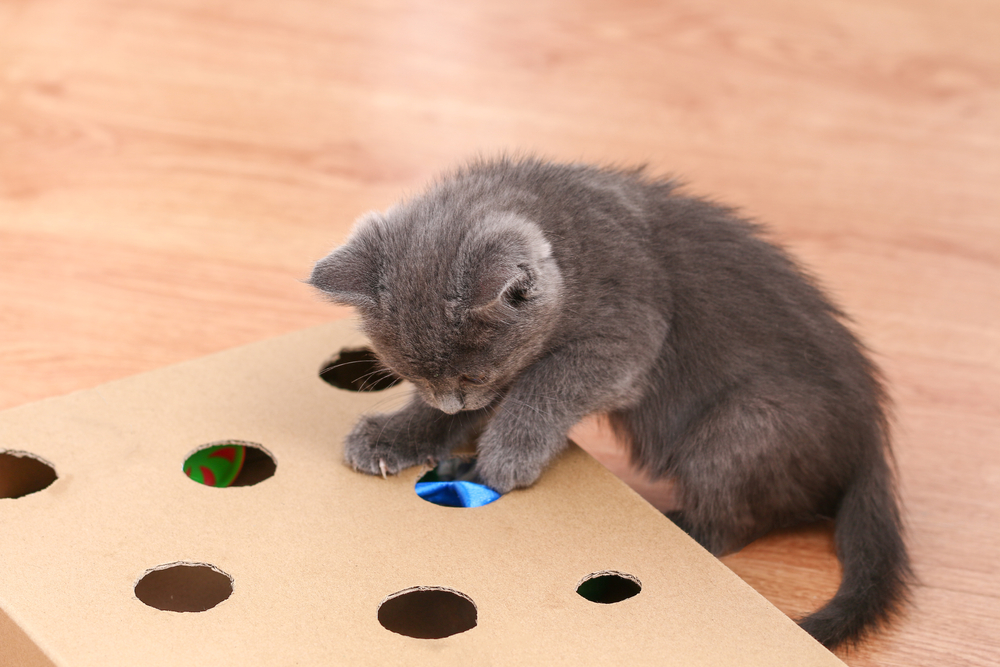
Pets who are high energy or used to being active can become easily bored during the winter, when they are kept indoors for safety reasons. Bored pets can get into trouble, so they need activities that engage their minds. Here are a few ideas:
- Puzzle toys or snuffle mats — Many varieties are available in pet stores or online, or you can make your own. Always supervise your pet to ensure they don’t ingest pieces that can become a foreign body obstruction.
- Playing games — Indoor games include hide and seek, flirt poles, and magic cups (i.e., find the treat).
- Obedience training — Training sessions or teaching new tricks will stimulate your pet’s mind.
- Play dates — Invite friends with pets to join you and your pet for supervised indoor play time.
Winter can be a difficult season for pets and people, but our Homestead Animal Hospital team is here to help you ensure your pet’s health and success. Do not hesitate to contact us if you have any questions about your pet, particularly if you are concerned that they have been affected by the cold.


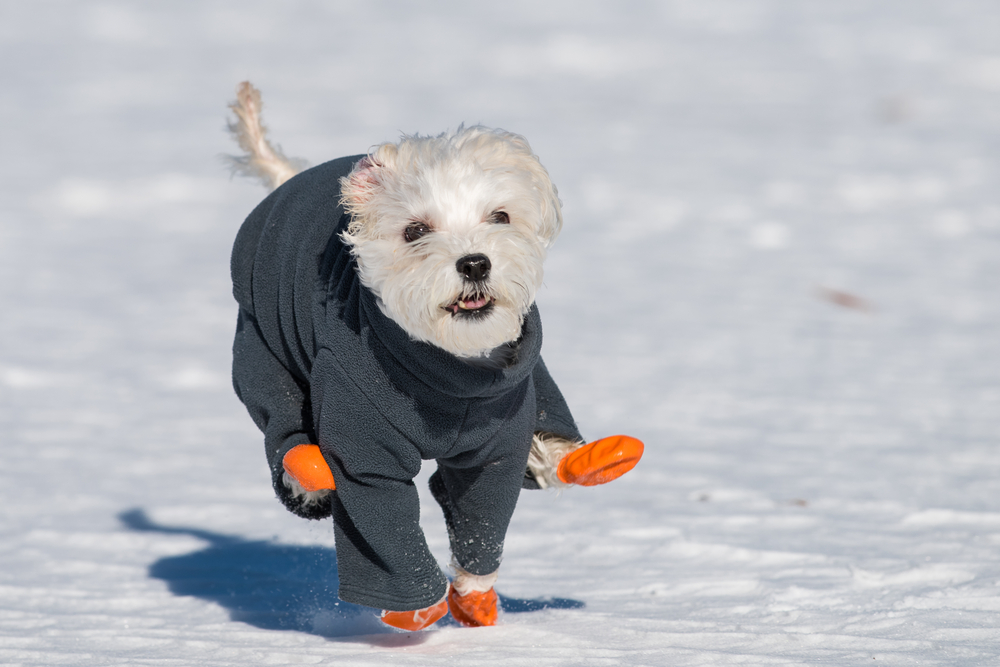
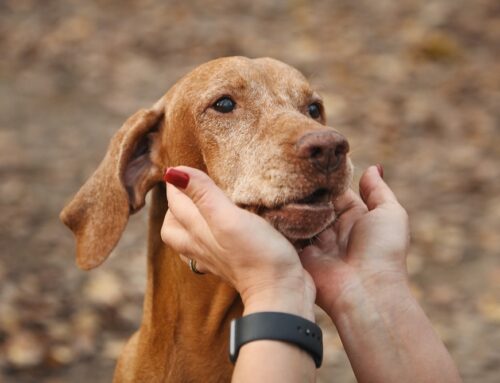

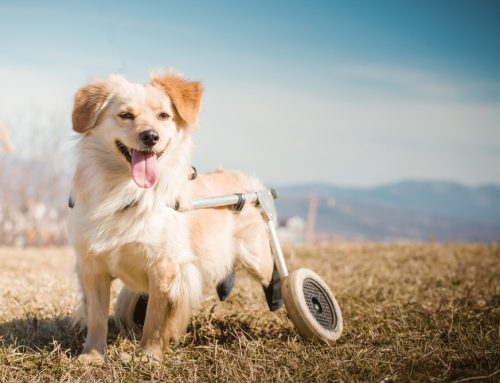
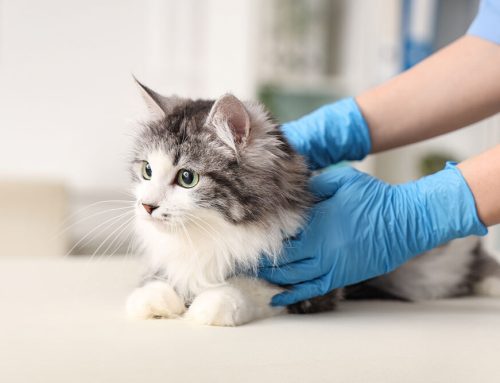









Leave A Comment